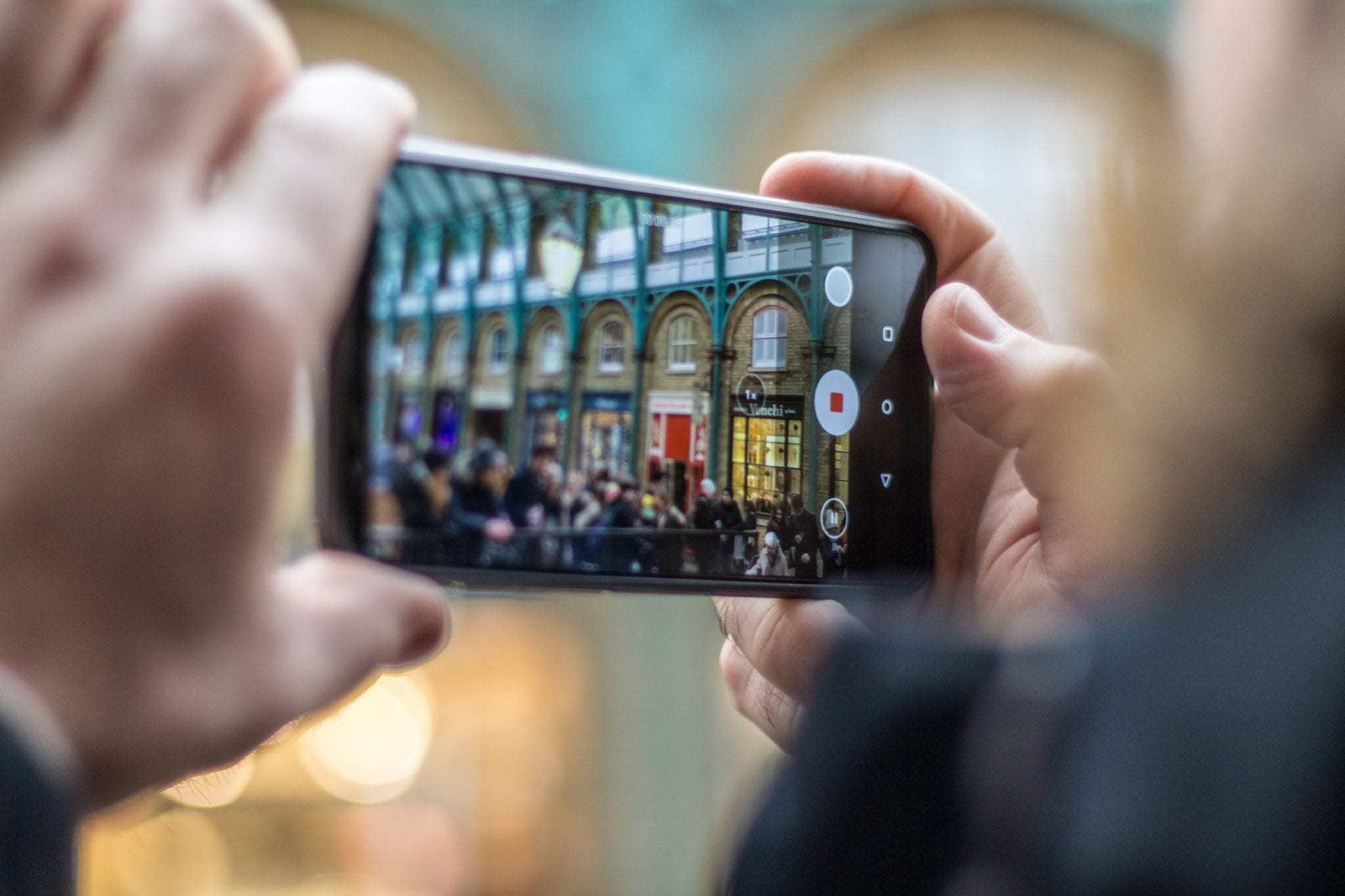Your phone’s camera is as much software as it is hardware, and Glass is hoping to improve both. But while its wild anamorphic lens creeps to market, the company (running on $9.3 million in new money) has released an AI-powered camera upgrade that it says vastly improves image quality — without any weird AI upscaling artifacts.
Key Takeaway
GlassAI’s neural image signal processor (ISP) revolutionizes smartphone cameras by vastly improving image quality without introducing AI upscaling artifacts.
AI-Powered Camera Upgrade
GlassAI is a purely software approach to improving images, what they call a neural image signal processor (ISP). ISPs are basically what take the raw sensor output — often flat, noisy and distorted — and turn that into the sharp, colorful images we see.
The ISP is also increasingly complex, as phone makers like Apple and Google like to show, synthesizing multiple exposures, quickly detecting and sharpening faces, adjusting for tiny movements, and so on. And while many include some form of machine learning or AI, they have to be careful: Using AI to generate detail can produce hallucinations or artifacts as the system tries to create visual information where none exists. Such “super-resolution” models are useful in their place, but they have to be carefully monitored.
Revolutionary Technology
Glass makes both a full camera system based on an unusual lozenge-shaped front element, and an ISP to back it up. And while the former is working toward market presence with some upcoming devices, the latter is, it turns out, a product worth selling in its own right.
“Our restoration networks correct optical aberrations and sensor issues while efficiently removing noise, and outperform traditional Image Signal Processing pipelines at fine texture recovery,” explained CTO and co-founder Tom Bishop in their news release.







